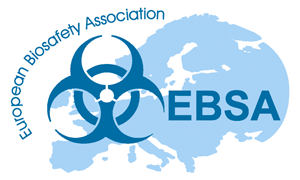About EBSA21 - Course N - Allergies and toxins from animals, plants and microorganisms-think outside of the box
EBSA21 - Course N - Allergies and toxins from animals, plants and microorganisms-think outside of the box
Course description
Handling biological materials in research and development, as transporting them has implications on several levels. While the hazardous situation is not always obvious, potential consequences can be very serious. Participants will discuss several case scenarios involving
- Large scale production of microorganisms
- Research work with pathogens and toxins
- "Field work"
- Greenhouse activities
- Laboratory animal allergens
It is expected that participants share their knowledge about hazard identification, risk assessment and risk management strategies with regards to the topics discussed. The goal of the course is to broaden the thinking and knowledge of the participants in the field of biosafety and biosecurity. A specific focus will be on understanding the network of the biosafety officer, in order to recognize, assess and manage unusual risks. The cases focus on assessing the risk and implementing mitigation and safety measures when handling material that can be toxic, can cause allergies or has properties that must be considered for safe handling.
Target audience
Biosafety Professionals, HSE-Officers, Personnel in biological Research, Development or production.
Additional Information: Participants should download the pre-reads from the EBSA web-page. Also, it is recommended that participants bring their own lap-tops to the course, so that there is at least one per working group.
Learning objectives
Using case studies, participants will work through the PDCA cycle as set forth in CWA-15793:2011. After the course, people should have an in-depth understanding on how using a systematic approach will help finding infrequent hazards and manage the corresponding risks.
Main topics
- Risk assessment and risk management, based on the PDCA cycle for large scale production, research and development, public health impact.
- Plant health, human health, environmental safety
- Dual use issues in biosafety
Citation of the respective sections of CWA 16335:2011 Biosafety professional competence
- C.2.1.2 Principles of biosafety and biosecurity:
- C.2.1.2.1 Biological and other hazards in the work area
- C.2.1.2.5 Biorisk assessment and management
- C.2.1.2.2 Occupational health and biosafety
